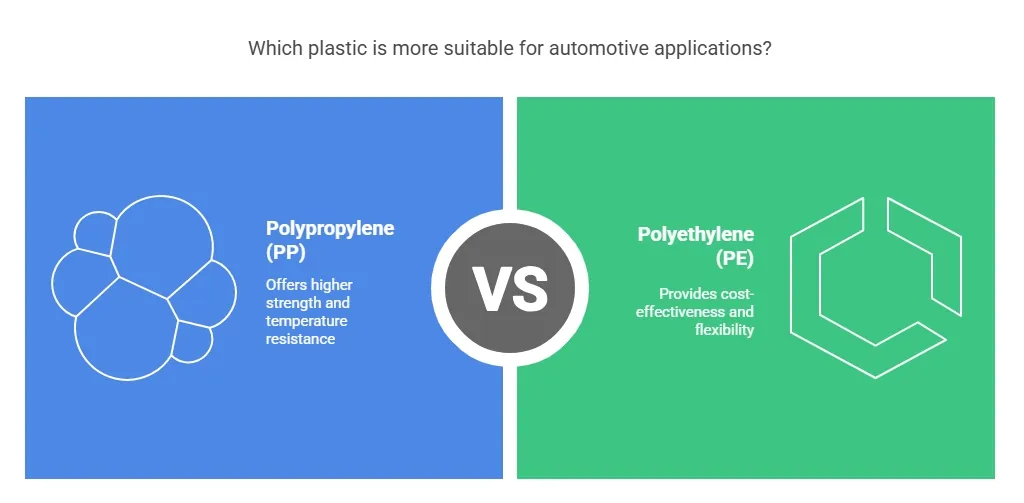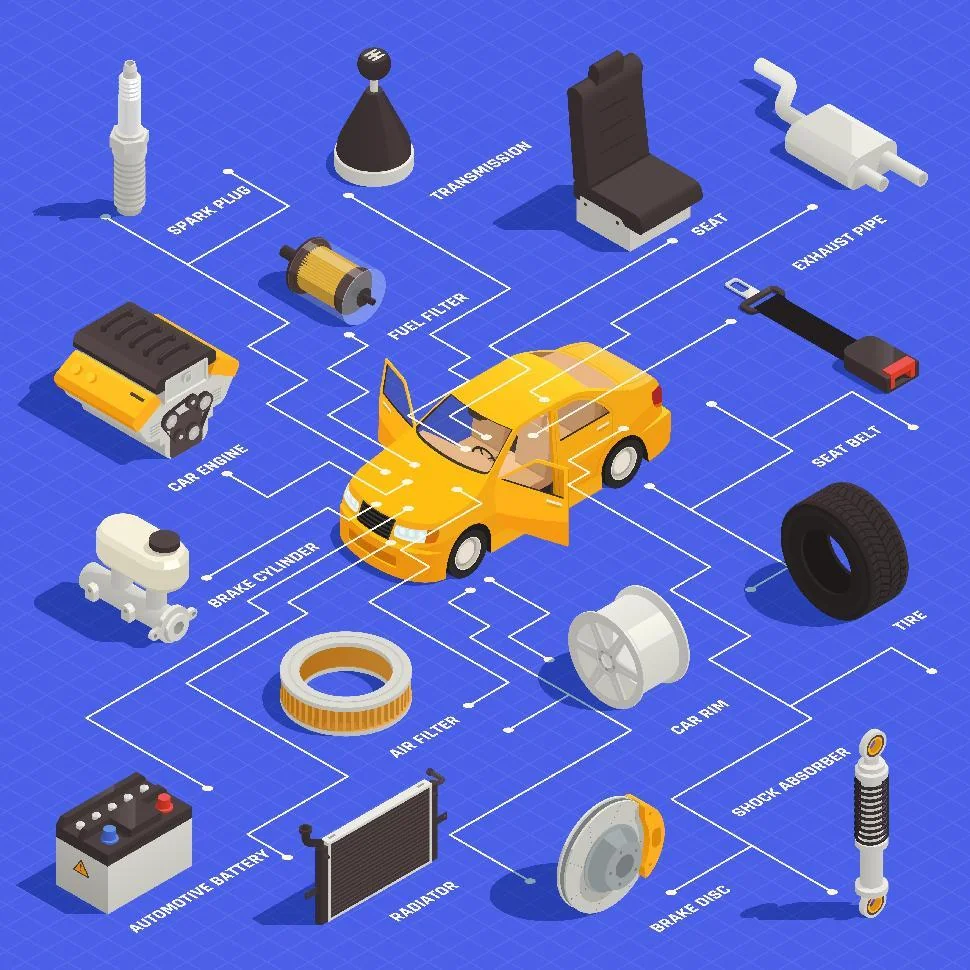Every great product begins with a basic notion of what it will be. Very few manufacturers in the world can carry out the basic premise of a product in the exact same manner it is conceived. The rule of thumb when it comes to modern design is flexibility. Flexibility allows maneuverability on the project to ensure the better performance of a finished product.
The digital design certainly has made things easier and cheaper in that regard. Most prototype injection molding projects can go through various phases of testing before crafting out the finished version of the product at the prototype stage. This procedure is often known as beta prototyping, and the basic notion behind it it’s pretty simple.
It all starts when a design engineer come up with the basic conception of the product. One of the steps before production is the creation of a prototype of the item to test it on every regard. Features such as form, fitness, and functionality will be tested with it. Prototypes are the best models to take things further, at least design-wise.
Project managers require a finished product that performs in accordance with the specs before it goes into production. That’s why beta-prototyping exists, and it’s also known as pilot prototyping as well. Think of it as the prototype of a prototype. This model is meant to test the limitations of the prototype, thus also test the boundaries of the product. It’s meant to patch rough edges and create a perfect prototype.
Table of Contents
ToggleThe Preferred Means to Get Things Done
When you are creating a project using prototype injection molding techniques, there is a lot to consider on the road to take your proposed design from concept to prototype. Every single stage of the prep work needs planning or basic knowledge to be carried out. The following are some essential guidelines you have to consider before embracing beta-prototyping.
· Any Idea is Free
Thinking about something, it’s probably the cheapest, easiest thing you can do on your end. Making your idea happen takes effort and can be incredibly valuable for you in every regard. You have to shape your ideas into concepts and test them until they are functional. The role of prototyping is to determine the worth of your idea as well as its functionality and economic value.
· Observation and Understanding
Prototypes have many uses. One of them is to help your developer team with the analysis process that is needed to make your finished product worthy of the market you are planning to enter. Analysis of prototypes requires a lot of physical tests but also a ton of observation and understanding to process what works and what doesn’t. It takes time, but it leads to a lot of insight that can make any manufacturing project successful.
· Structure of Manufacturability
Consider this hard fact for a moment: the most profitable products in any market are the ones with slender designs. If your product is easy to manufacture, the cost of creating it will be very low. The more phases of production and the more complex your designs turn out to be, the more money you will spend on getting things done as you expect them to work.
· Working with a Solid Manufacturer
You can’t rely solely on machinists and tool-makers just for their technical know-how, a proper manufacturer has a design department that can help you iron out the details of your product and even make it something much better than what you envisioned in your original idea. The best manufacturers have open channels of communication at all moments, and they are always open to exchange ideas back and forth.
· Understanding Technology
Prototype injection molding was achieved by very straightforward means until two decades ago. These days there are many different types of technologies in this regard that it’s pretty challenging to make up our minds about a single method. You can work with 3D printers, direct metal laser sintering, and another tech that could suit your project better depending on the recommendations of your manufacturer.
· Modularity
Keep in mind that beta prototyping is meant to help us create the finished version of the prototype. They are not as durable as the real thing, but they are pretty easy to manage, given the fact that they have to be modular and adjustable from the get-go. Modularity makes it easy to work on anything since it’s possible to modify on the spot or disassemble it to explain its functionality.
All these considerations are something to keep in mind at the moment you decide to embrace the adventure of creating a product. The way technology is working in the manufacturing field makes it pretty hard to keep up with every new development, especially since something new comes up every day and many companies create their own tech to serve their clients better. Keep in mind that beta prototyping is meant to help you get things done more efficiently. In the end, you will save time and money by applying these principles correctly.







